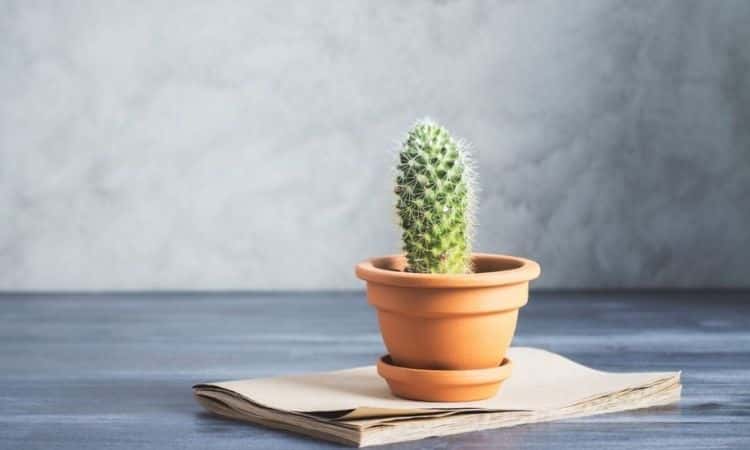Cacti And Succulents Care: The 5 Best Tips
Although cacti and succulents are not considered to require much care, they too need a certain amount of attention to thrive magnificently. With their thick-fleshed leaves and unusual shapes, cacti (Cactaceae) and succulents have long been popular houseplants. But one characteristic, in particular, makes these green co-inhabitants so attractive: they are considered to be plants that are almost impossible to kill.
But this is only half the truth: Although both plant genera are characterized by an extremely robust nature and are therefore ideal especially as beginner plants, they also need the right amount of care. If they are treated too stepmotherly, succulents and cacti begin to ail or may even die. We give you five tips that will ensure that your cacti and succulents not only survive but also thrive magnificently.
Unlike many other plants, cacti and succulents are quite undemanding to care for and are often forgiving of gross mistakes. Nevertheless, you should not overstretch the bow, if you do not want to risk that the plant dies. These five care tips should therefore be followed if you want your plant to shine in all its glory.
Tip 1: The right location
Table of Contents
While cacti are found almost throughout the Americas, succulents are found on every continent (with the exception of the polar regions). Nevertheless, all plants in these two families have relatively similar site requirements: Because they are especially common in dry regions with high sunlight, the plants love bright, sunny places. Dry heated air is also popular with succulents, unlike many other houseplants. What the plants do not like at all, however, is high humidity – so as a plant for the bathroom succulents and cacti are unsuitable. 
Tip 2: The right substrate
Cacti and succulents are not only demanding when it comes to location: the choice of the right soil is also crucial. Preferably, the plants like a rather sandy substrate that has a good drainage capacity – a high-quality cactus soil are ideal. You may be interested in how to repot cacti.
If the soil is too dense so that water cannot drain away, waterlogging and root rot can quickly occur. A good buffering capacity of the soil is also advantageous, otherwise, the soil can acidify over time and the plant is no longer ideally supplied with nutrients.
Tip 3: Watering cacti and succulents properly
Even though succulents and cacti are known for their ability to manage without water, they still need some liquid from time to time. However, you should always adhere to the motto “less is more” when doing so: Because plants specialize in retaining water, they need to be watered extremely infrequently.
In fact, too much enthusiasm for watering actually harms them – almost all succulents and cacti react to waterlogging with root rot. During the growing season, plants can be watered quietly once a week. However, make sure that the soil has dried out properly in the meantime.
In addition, excess water from the planter or saucer should always be poured off. At the latest, however, when the plants begin to shrivel, they should be given liquid again – because then their own water supply is used up.
Tip 4: Fertilize cacti and succulents correctly
When fertilizing, it is also important to show a little tact – fast-growing succulents and cacti should get some fertilizer about every three weeks to support their growth. A special succulent and cactus fertilizer is suitable for this: this has a higher concentration of potassium, which plays a decisive role in water retention.
You May Also Like Cactus Fertilizer
Slow-growing plants, on the other hand, often do not need fertilizer at all. However, try to avoid overfertilizing in any case – the sensitive roots can suffer burns from too high a concentration. Every second watering between spring and July, apply one milliliter of fertilizer per liter of irrigation water.
Tip 5: Hibernate cacti and succulents
Even cacti and succulents sometimes need to rest in order to continue growing at full strength afterward. However, the various species sometimes differ greatly in their wintering requirements: while some, such as the snake cactus (Aporocactus flagelliformis) or the rosette thick leaf (Aeonuim arboreum), can simply remain in the living room and only need less water, other varieties must be overwintered in a cool place.
At temperatures below 59 °F and above 41 °F and lower incidence of light, for example, warty cacti (Mammillaria) and echeverias (Echeveria) should rest for three to four months in order to continue growing healthily afterward.






